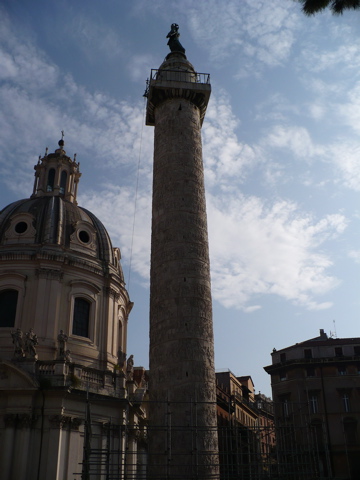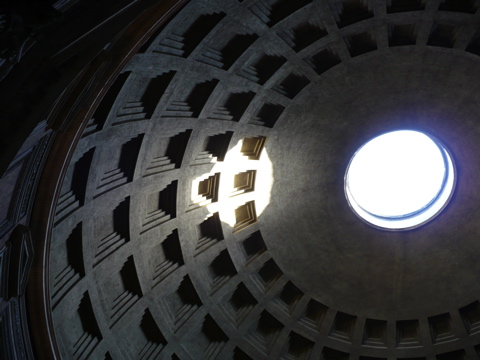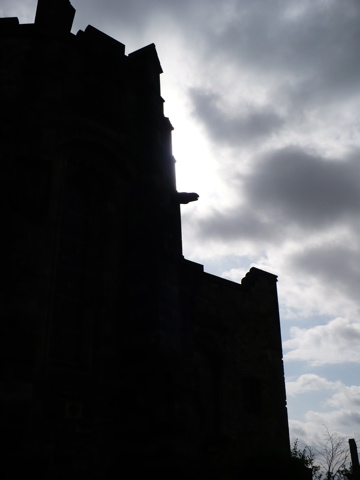Return to Millwall
One of my favourite posts here was one I wrote almost two years ago, about a claim that a certain well-known photo of the London Blitz was faked. Not only for the post itself, but for the ensuing discussion, which led me to change my mind on the issue more than once. My tentative conclusion […]




